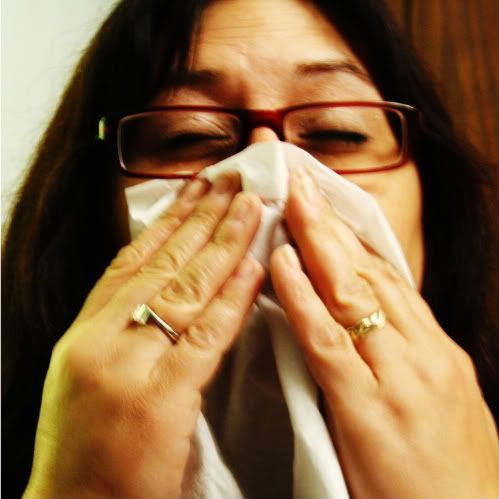One of the most asked questions is, “What is the best flea treatment?”
The answer can vary greatly depending on who you talk to but the real question should be, “What is the best flea treatment for my pet and my household?”
For instance, in my area most people do not need to use flea control unless they head out on a trip or have company that arrives with a flea infested pet.
Because we live in the high altitude with arid conditions and temperatures that don’t allow a flea population to take hold and cycle, our biggest issues are from visitors with pets or from ticks.
A bath in non-toxic oatmeal shampoo (with suds left to sit for 10-15 minutes) is enough to thwart any fleas that might have been brought up to the area.
If you live in an area where feral animals invade your yard or strays visit often–your chances of a flea infestation can increase drastically.
Recently a reader wrote in about an infestation cycle at the beach.
Her problem was that rats were bringing fleas into the home where they multiplied and plagued both pets and humans.
So where you live is part of the consideration in coming up with a good solutions because beach living is certainly a bigger problem than where I live and regions vary as to what types of flea products you can obtain.
The other consideration concerns how much money you want to invest in products or services AND how much toxicity you are willing to bring into your home or yard.
Some products work better than others but the true secret is that you need to use the Triangle of Successful Flea Control to tackle the issue.
This means treating the animal, interior area of the home, and the surrounding exterior areas at the same time.
Both the interior and exterior areas have to be treated at least every two weeks until you get the problem under control and then regularly after that to get rid of fleas for good.
Although some areas allegedly report a decrease in flea populations, I highly doubt that is the case. With more sophisticated options for treating fleas I think it is just that people are not encountering the same high level of problems as has been the case in the past and they are not calling in pest control people but treating it themselves or with services that provide less toxic options.
Anyway, I just wanted to make sure you don’t fall for the “best flea treatment is…” message.
My answer to the question is this, “The best flea treatment is the one that works for you, eliminates fleas from your pet and your home safely, and that fits into your budget.”
We all have our favorites so take the time to talk to your veterinarian or pet care professional to see what they recommend.
Don’t forget that you can read Flea Control Secrets for help in sorting out the vast selection of products on the market (both natural and proprietary) and to learn about all the different options available to you and your pet.
Photo Credit: Pfala



